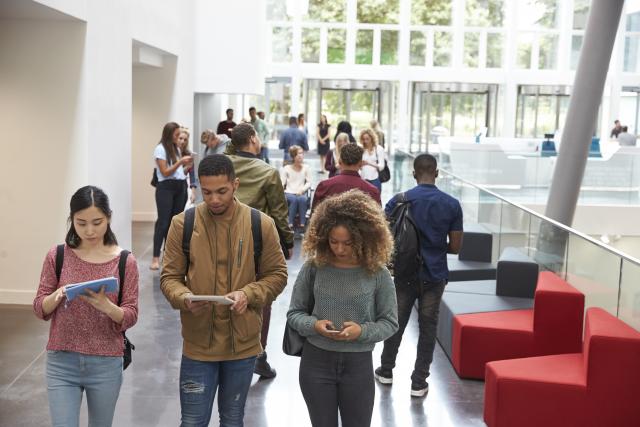Deaf students are a low-incidence group; however, they have a high incidence of additional disabilities. Many require accommodations for equal access to classroom instruction and assessment, particularly in mainstreamed educational settings where spoken English is the primary language. Due to federal legislation, accommodations for deaf students have increased over the past decade, although specific practice recommendations for deaf students and their unique needs are still lacking in research literature. This article presents findings regarding accommodation use by deaf students from the second National Longitudinal Transition Study. Initial analysis found no differences in accommodations use by deaf students and deaf students with additional disabilities. However, after comparing specific additional disability groups with the larger overall deaf student group, the investigators found differences in accommodations use for two groups: deaf students who had a learning disability and deaf students with attention deficit hyperactivity disorder. This article includes a discussion of the implications of these findings for both research and practice.






